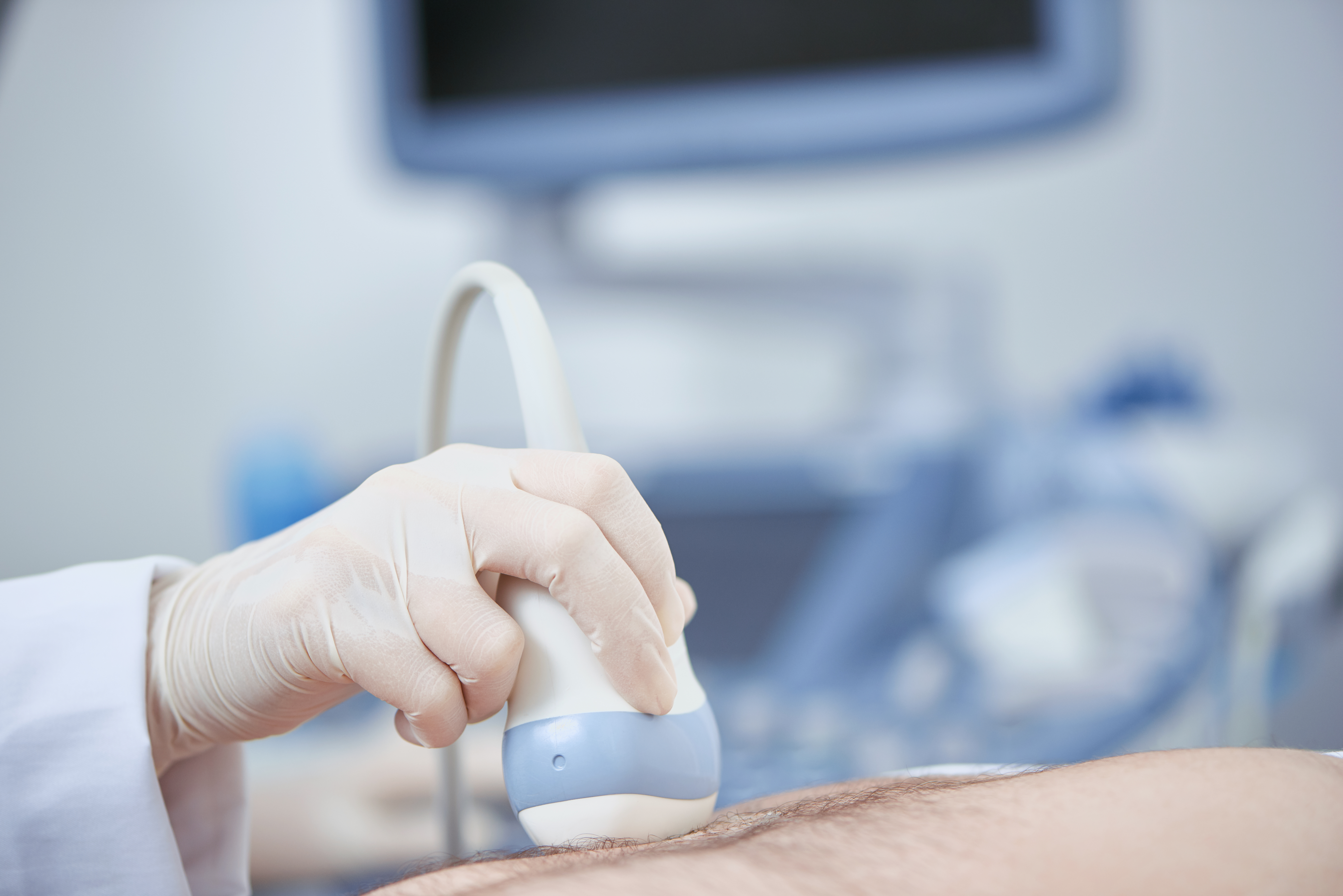Emergency Cases
+91 99686
35204
Opening Hours
Monday to Saturday
09:00 am – 10.00 pm
Sunday
09:00 am – 5.00 pm
Endoscopic Ultrasonography Service
Endoscopic ultrasonography (EUS) is a minimally invasive diagnostic imaging technique that combines endoscopy and ultrasound to visualize the internal organs and surrounding tissues of the digestive tract. The procedure involves inserting a thin, flexible endoscope with an attached ultrasound probe into the mouth or anus and guiding it down into the esophagus, stomach, small intestine, colon, or rectum to obtain high-resolution images of the gastrointestinal (GI) tract and nearby structures.
EUS can be used to diagnose a wide range of GI conditions, including cancers, inflammatory bowel disease, pancreatitis, gallbladder disease, and other disorders that affect the digestive system. It can also be used to evaluate the extent of disease and guide biopsies or other treatments.
How Does EUS Work?
During an EUS procedure, the patient will typically receive a sedative to help them relax and minimize discomfort. The endoscope is then inserted through the mouth or anus and guided down into the GI tract. The ultrasound probe, which is attached to the endoscope, uses high-frequency sound waves to create detailed images of the surrounding tissues and organs.
The images produced by EUS are much more detailed and accurate than those produced by traditional ultrasound because the ultrasound probe is located closer to the area being examined. This allows the physician to see fine details of the GI tract and surrounding structures, such as blood vessels and lymph nodes.
Applications of EUS
EUS can be used to diagnose a wide range of GI conditions, including:
Gastrointestinal Cancers: EUS can be used to detect and stage GI cancers, such as esophageal, gastric, pancreatic, and rectal cancers. It can also be used to guide biopsies of suspicious areas.
Pancreatitis: EUS can help diagnose acute and chronic pancreatitis by examining the pancreas and surrounding tissues. It can also be used to guide the placement of a stent in the pancreatic duct to treat obstructions.
Gallbladder Disease: EUS can be used to diagnose gallbladder disease, such as gallstones or inflammation, and to guide the removal of gallstones.
Inflammatory Bowel Disease (IBD): EUS can help diagnose and monitor IBD, such as Crohn’s disease and ulcerative colitis, by examining the GI tract and surrounding tissues. It can also be used to guide biopsies and monitor the response to treatment.
Other GI Conditions: EUS can also be used to diagnose other GI conditions, such as celiac disease, Barrett’s esophagus, and submucosal lesions.
Advantages of EUS
EUS has several advantages over other diagnostic imaging techniques, including:
High Accuracy: EUS can produce highly accurate images of the GI tract and surrounding tissues, making it an excellent diagnostic tool.
Minimally Invasive: EUS is a minimally invasive procedure that does not require surgical incisions or general anesthesia.
Safe: EUS is generally considered safe, with few risks or complications.
Versatile: EUS can be used to diagnose a wide range of GI conditions, making it a versatile diagnostic tool.
Conclusion
Endoscopic ultrasonography (EUS) is a minimally invasive diagnostic imaging technique that combines endoscopy and ultrasound to visualize the internal organs and surrounding tissues of the digestive tract. EUS can be used to diagnose a wide range of GI conditions, including cancers, inflammatory bowel disease, pancreatitis, gallbladder disease, and other disorders that affect the digestive system. It has several advantages over other diagnostic imaging techniques, including high accuracy, minimal invasiveness, safety, and versatility


